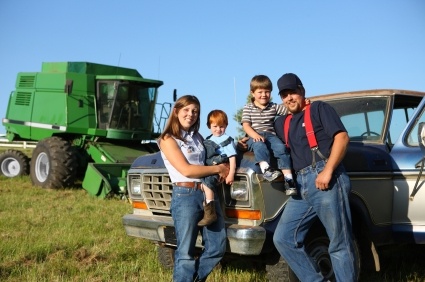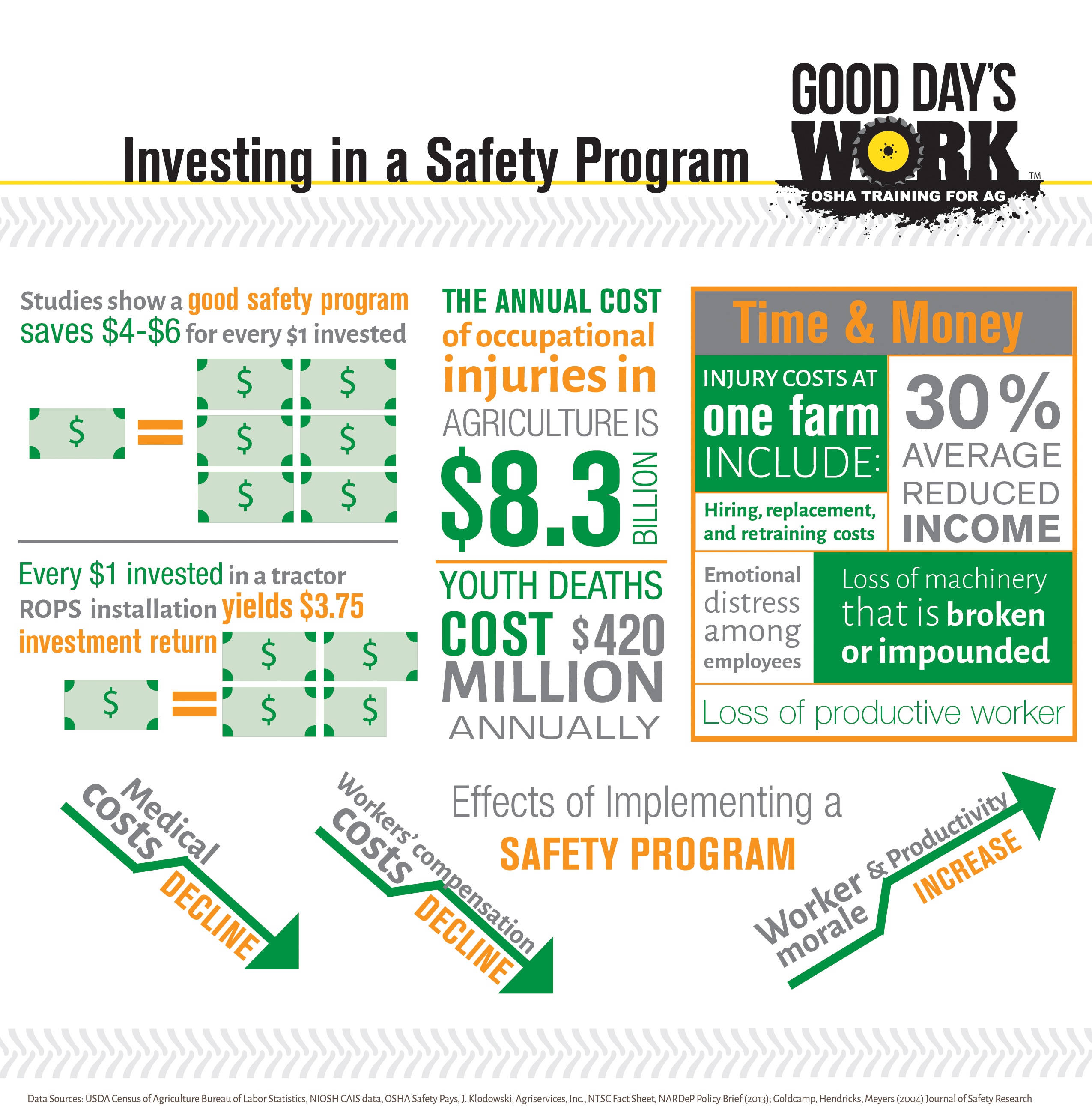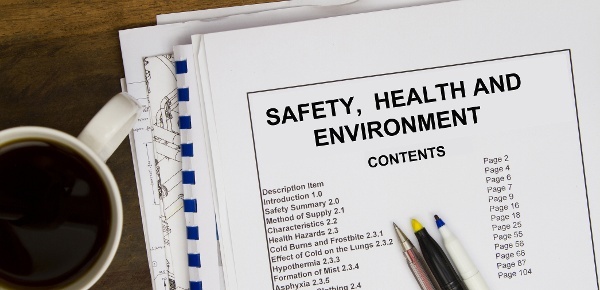Regular safety meetings play an important role in communicating your company’s safety program information. They are a vital means of providing training for your employees about their workplace hazards and expected safe work habits. Safety meetings are also a great way to provide a quick refresher of previous training and reinforce the safety culture of your operation.
Topics: safety culture, safety training program, agriculture
Vendors, processors, retailers, lenders and other allied industry in agriculture are requiring more and more audits of our production practices. One request that is becoming more common is verification that growers and producers of commodities are providing Safety Training to their employees. Though this is somewhat new to agriculture, these requests are accelerating. It isn’t just OSHA that is interested in validating your training practices. These entities see it as another area that they can assure their customers that the food they eat is produced in a sustainable, environmentally-friendly and employee-friendly manner.
Topics: safety training program, OSHA law & compliance, agriculture
One moment you are having a casual chat with a co-worker over lunch. Suddenly, she grasps her throat and begins to turn blue. What do you do?
Topics: first aid, safety training program, agriculture, farm
Running a Farm Safety Program: Getting Employee & Management Buy-In.
Your farm-safety program doesn’t have to be complicated, but, for it to work, everyone in the operation needs to buy into it. These seven steps will help you convince managers and employees to take ownership of the safety program and drive the safety agenda.
Topics: safety culture, safety training program, agriculture
I caught up with a friend last week who owned a large dairy farm and now works for a farm co-op in his “retirement.” When I mentioned ag-safety programs and OSHA compliance, he quickly rolled his eyes and sarcastically said, “Ugh,” with a chuckle.
Topics: safety training program, OSHA law & compliance, agriculture, farm
Running an agriculture operation is hard work. It’s also dangerous work. Every year agriculture finds itself at the top of the list of the ten most dangerous industries in the United States. Little wonder, then, that OSHA has started paying more attention to farms, feedlots, dairies, and other ag operations. And with the cost of OSHA citations increasing, farmers and ranchers simply can’t afford to let unsafe operating practices go overlooked.
Topics: safety director, safety culture, safety training program
As an ag operation owner, you no doubt have an insurance plan in place in case something goes wrong. It's part of the price of doing business in the event of an accident or disaster. Sometimes, that insurance plan can mean the difference between staying afloat after a particularly difficult year and going under completely.
Topics: safety training program
Investing in proper safety training is an important component of your operation’s preparations for a new year. As you can see below, just the financial costs of injuries – and deaths – from ag-related activities can cost your business thousands of dollars a year. And this is even before OSHA gets involved!
Topics: safety training program
Regular safety meetings play an important role in communicating your company’s safety program information. They are a vital means of providing training for your employees about their workplace hazards and expected safe work habits. Safety meetings are also a great way to provide a quick refresher of previous training and reinforce the safety culture of your operation.
Topics: safety culture, safety training program, agriculture
How to Run a Farm Safety Program: Prepping for the New Year
For many ag operations, winter is the “off-season,” making it an excellent time to ensure your employees have completed their annual safety training. It’s also a good time to conduct a hazard assessment of your operation. Here are four things you can do now to help ensure that your next year is as safe as possible.











